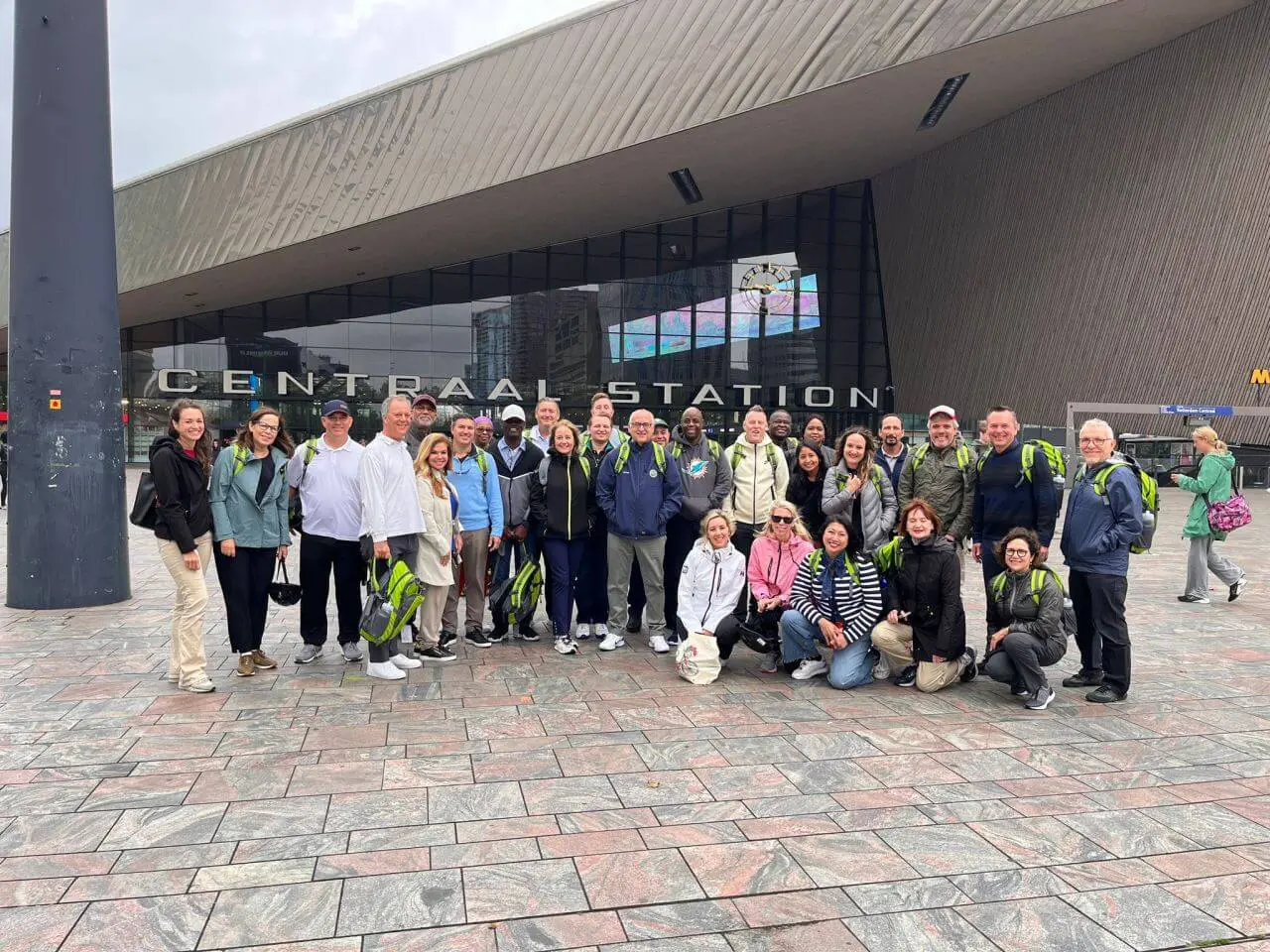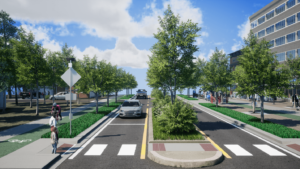In May 2024, stakeholders from South Florida, including Uyen Dang, Principal and owner of DDEC, were invited to participate in the Dutch Cycling Embassy Bike Immersion Program. This four-day program offered a deep dive into the Dutch cycling culture and infrastructure, with visits to Den Haag, Rotterdam, Houten, and Utrecht. Through classroom sessions, cycling field reviews, and peer exchanges, participants gained valuable insights into the Dutch approach to promoting cycling as a sustainable mode of transportation.
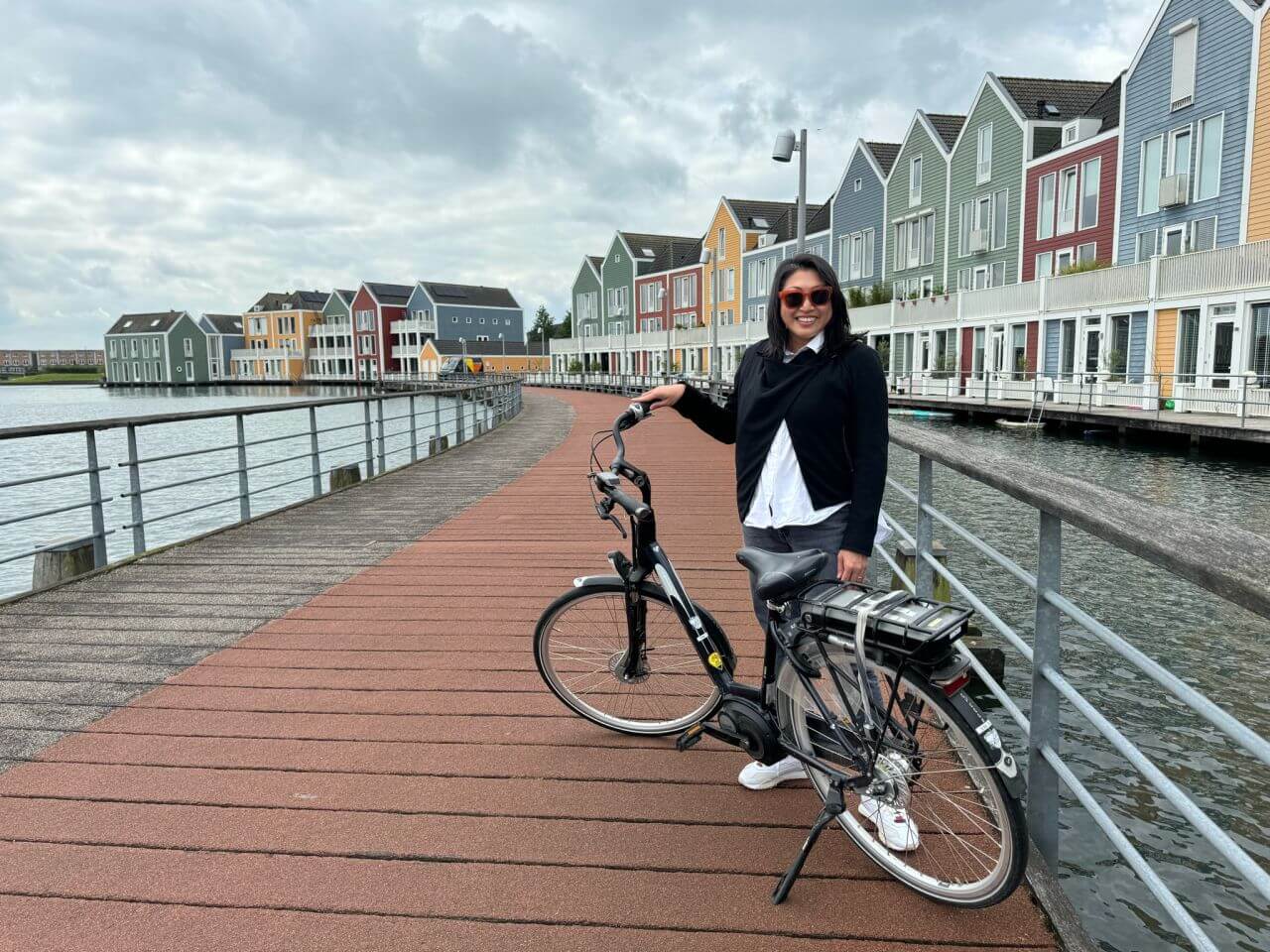
The Netherlands’ commitment to cycling safety and accessibility dates back to the 1970s, driven by a grassroots movement called “Stop de Kindermoord” (Stop the Child Murder). This movement advocated for safer streets and better infrastructure to protect vulnerable road users, leading to the development of dedicated cycle highways and the integration of cycling infrastructure with multimodal transportation systems.
A key lesson from the Dutch experience was the concept of lane repurposing, where road space originally designated for cars is reallocated to create dedicated cycling lanes. Cities like Rotterdam have successfully implemented this practice, converting two-lane roadways into single lanes with advisory cycling lanes, where cars yield to bicycles. Similar initiatives in the US, such as the Spruce St. Lane repurposing project in West Palm Beach, have proven effective in enhancing cycling safety and encouraging more people to cycle.
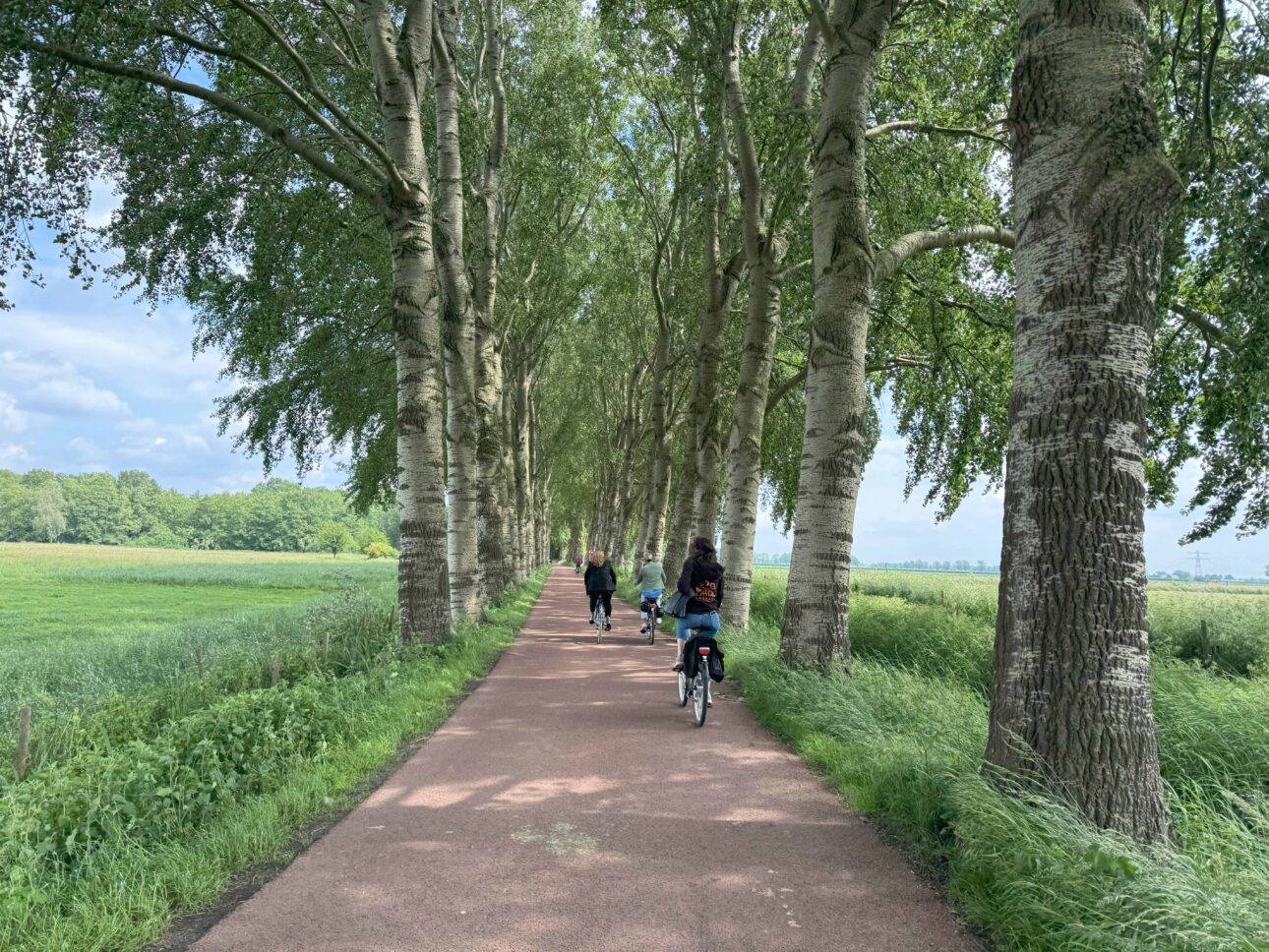
In the Netherlands, intersections are redesigned to prioritize cyclists, with features like protected intersections and dedicated traffic signals. US cities like New York and Seattle are adopting similar approaches to improve intersection safety and capacity for cyclists.
The Dutch approach to parking management includes designated bike parking areas and time-based restrictions for loading and unloading. US cities can learn from these strategies to enhance parking capacity for cyclists and incentivize cycling.
Traffic calming measures in the Netherlands, such as roundabouts and raised intersections, prioritize cyclists’ safety. US cities are increasingly adopting these measures to create safer streets for cyclists and pedestrians.
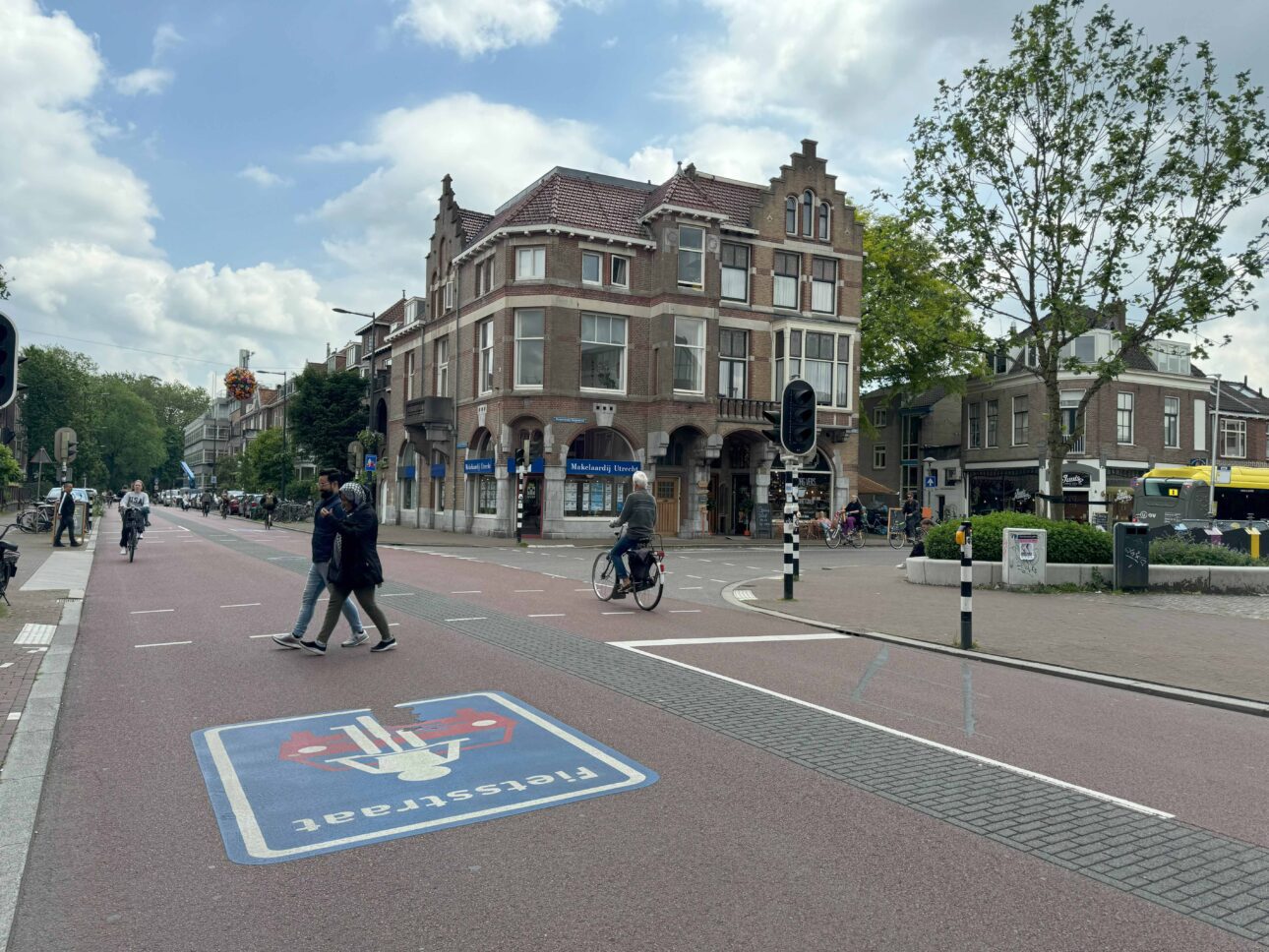
The Netherlands’ extensive network of cycling infrastructure, known as Fietsstraat or bike highways, serves as a model for other countries. The East Coast Greenway network in the US aims to emulate this model, improving connectivity and promoting cycling as a viable mode of transportation.
Recommendations for US cities include investing in cycling infrastructure, implementing traffic calming measures, revising parking policies, promoting bike parking, improving curb management, enhancing intersection safety, and expanding the trail network. The Dutch cycling experience offers valuable insights for US cities looking to improve cycling infrastructure and traffic management. By implementing similar approaches, cities can enhance safety, promote sustainable transportation options, and create more livable communities. The Dutch example serves as a blueprint for success in achieving Vision Zero goals and creating inclusive transportation systems.
